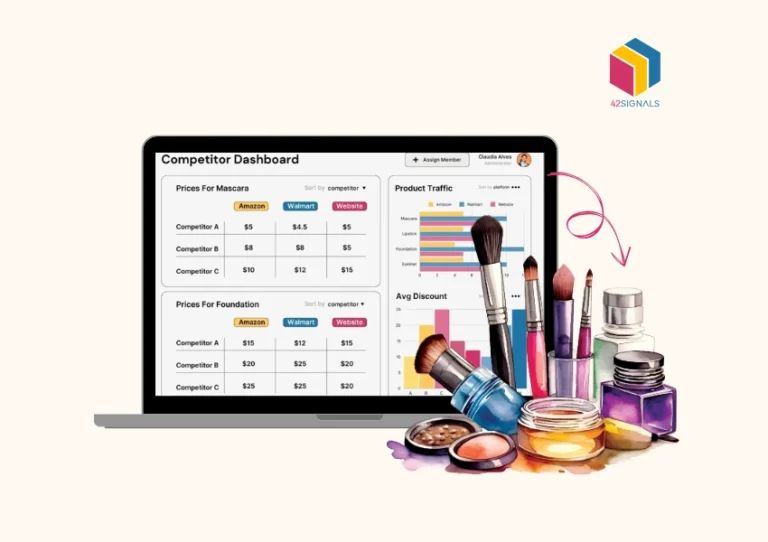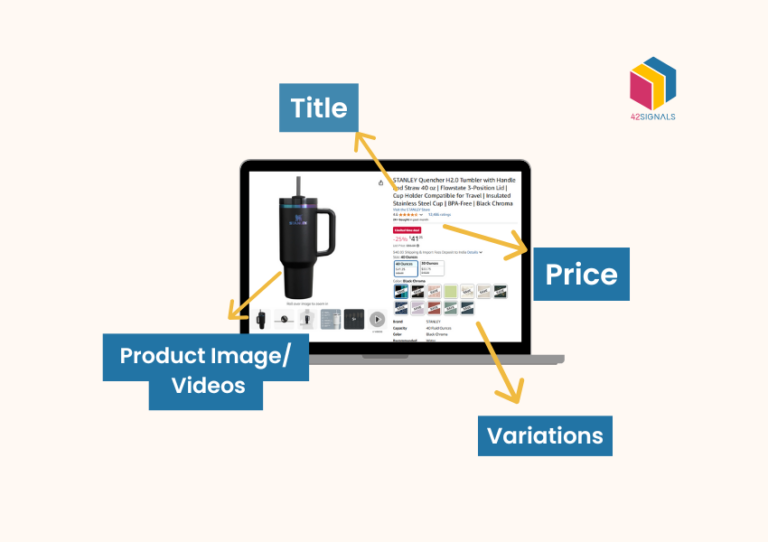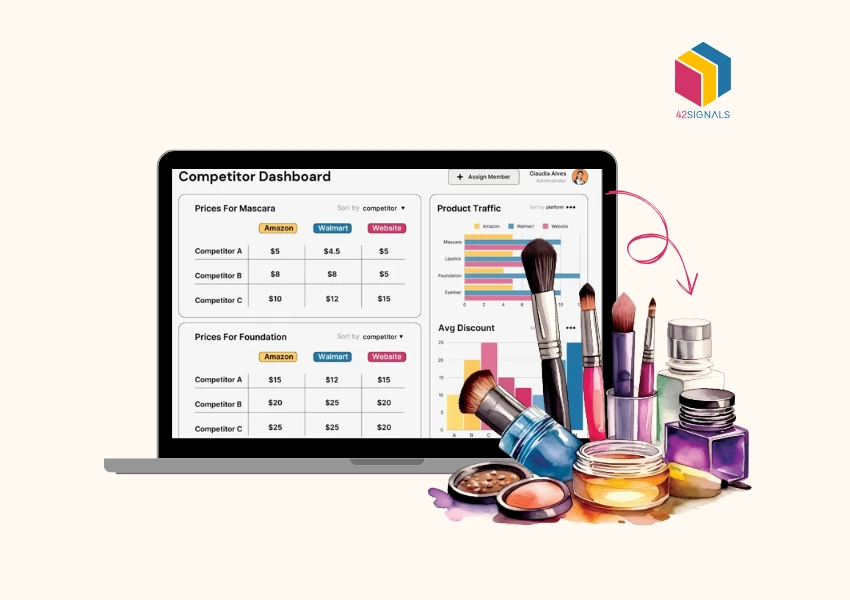Would you continue shopping from a brand that consistently displays out-of-stock products?
The answer is most likely no, for obvious reasons. Customers today don’t think or feel like they did 20 years ago. With the onslaught of online shopping and instant delivery applications, convenience has become a primary requirement.
Why wait for an item for 7 days when you can get it in 30 minutes? More importantly, why wait for a product to come back into stock when you can choose a different brand providing a better experience?
Understanding this psychology helps in creating a seamless experience for the customer and that starts with stock availability.

Image Source: NetSuite
Understanding Stock Demand
Stock availability simply refers to products (or the inventory level in stock) available for purchase via online stores.
To effectively manage stock availability, it’s vital to have a clear understanding of stock demand.
For newer brands not well versed in this area, the question of ‘how much stock is required?’ can be an area of concern.

Image Source: Slimstock
By analyzing historical sales data and patterns, businesses can anticipate customer demand and make more accurate forecasts.
Let’s look at a few ways how businesses can research optimal inventory levels –
Conducting market research
By studying customer preferences, market trends, and competitor analysis, businesses can gain insights into what products are in high demand.
Analyzing historical sales data
For businesses in the market with consistent sales, it’s easier to anticipate stock requirement levels by analyzing data from the past. This can provide clear patterns, seasonal trends and pinpoint any fluctuations in demand.
Tracking customer feedback
Another great source of insights is reviewing customer feedback to see if there are any areas that need improvement or gaps that stand out. Reviews like ‘I love this product I buy it all the time’ or ‘It’s a must-have during summer’ are good indicators of discerning customers’ buying habits.
Utilizing demand forecasting tools
For larger brands with several products, a demand forecast tool may be useful rather than manual intervention. Advanced software and technologies utilize algorithms to predict future demand, enabling businesses to make more accurate stock predictions.
Effective Stock Forecasting Techniques
With the demand side out of the way, businesses can now focus on stock forecasting techniques that can help them plan their inventory levels and mitigate the risk of stockouts.

Image Source: Cash Flow Inventory
No brand sees the same amount of sales every month. There are and will always be variations. The reasons can be several, but having accurate forecasting systems presents a solution to this problem. A few techniques are –
1. Time-series forecasting
This technique utilizes historical sales data to identify trends and patterns, making predictions based on past performance. Certain festivals like Christmas see maximum sales due to the festive season. Analyzing your brand’s performance during this time can help you be prepared for the next year.
2. Seasonal forecasting
Particularly useful for products with seasonal demand fluctuations, this technique anticipates peak seasons and adjusts stock levels accordingly. Summertime may prove to be high sales for a brand selling sunscreen or tank tops, while winter may be better for others selling sweaters or comforters.
3. Collaborative forecasting
Involving key stakeholders such as suppliers, distributors, and even customers, this technique combines various perspectives to generate more accurate forecasts. Several companies ask customers in advance about how they feel about a particular product to gauge their appetite for it. This can lead to better strategies.
4. Data-driven forecasting
By incorporating real-time data from multiple sources, such as point-of-sale systems, market trends, and customer behavior, businesses can make more informed decisions about stock levels.
Employing these forecasting techniques can help businesses proactively manage stock availability, reduce inventory holding costs, and avoid stockouts.
Streamlining Inventory Management Processes
To ensure prompt and efficient stock availability, businesses must streamline their inventory management processes.
This involves establishing efficient systems and procedures to manage stock levels, reordering, and storage. Some best practices for streamlining inventory management include:
- Accurate inventory tracking: Implementing robust inventory management systems that accurately track stock levels in real time is crucial for maintaining stock availability.
- Just-in-time (JIT) inventory: This inventory management approach aims to minimize waste by ordering and receiving stock just in time for production or sale, reducing the need for excessive storage.
- Efficient order fulfilment: By optimizing order picking, packing, and shipping processes, businesses can expedite the delivery of products to customers, reducing lead times and maintaining stock availability.
- ABC analysis: Categorizing stock based on their value and demand helps prioritize stock replenishment efforts, ensuring that high-demand items are always available.
By streamlining inventory management processes, businesses not only improve stock availability but also save on storage costs and optimize their overall operations.
Finally, with all these processes in place, ensuring continual stock availability is important.
Ensuring Continual Stock Availability
Managing stock availability is an ongoing process, and businesses must continually monitor and adapt their strategies to meet changing customer demands.
As stated in this article, demands keep changing, and managing inventory levels is not a one-time process.
Here are some essential considerations for ensuring continual stock availability:
- Regular stock audits: Conducting routine stock audits helps identify discrepancies and ensures that stock levels are accurate, minimizing the risk of stockouts or overstocking.
- Dynamic demand monitoring: Continually tracking customer preferences, market trends, and competitor activity allows businesses to adapt inventory levels in response to changing demand.
- Collaboration with suppliers: Foster strong relationships with suppliers and maintain open lines of communication to swiftly address any issues with stock availability.
By staying vigilant and proactive, businesses can ensure that stock availability remains high, meeting customer expectations and driving business growth.
Conclusion
Ensuring stock availability may seem like a daunting task. But once the right processes are put in place with the appropriate technology, it becomes easier.
For businesses looking for an easier hassle-free option, 42Signals provides visibility into inventory levels across marketplaces. This ensures your time and resources are dedicated to other, more important tasks.
To know more about this feature, visit our product availability page.
To schedule a demo, get in touch with us at sales@42signals.com







